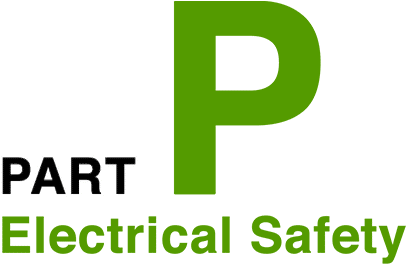It seems that Electronic equipment in the home is lasting less and less time. This is a trend which we have limited control over but there are things we can do, some simple like avoiding knocks and bangs but we can also reduce stresses from the incoming supply.
Surge Protection - Newcroft Electrics, Swindon
Power supplies and other components connected to the outside world are some of the most likely things to fail first.
Maybe like me when your TV or computer fails when it's only 3 to 5 years old or even less it's very frustrating, especially when the warranty has just expired.
For example I had a lap top with a 3 year warranty that failed completely when it was 3 years and 2 weeks old.
Electronic equipment is designed to work within a certain voltage range and even though the specification for UK nominal voltage was changed from 240V to 230V in practice not much changed, in my house the average voltage is actually close to 250V.
This means that UK supply voltage is one of the highest in the world, equipment is typically designed to work anywhere in the world and to be fairly reliable but it stands to reason that as voltage and stress increases reliability reduces. Many power supply components are actually rated at 250V, they should be ok but running anything close to or over it's limit can cause failure over time.
If you then add on top of this additional voltage spikes that happen when large motors are turned of or there is a lightening strike somewhere withing say 1 km of your house the stress increases significantly. Each spike does a bit more damage and eventually the equipment can fail. I am not saying that this is the cause of all equipment failure but it is a contributing factor.
There are now pieces of equipment called surge protectors or that can help reduce these problems and they are reasonably cost effective for home owners to install. They can be purchased and installed for less than the cost of a mid range television in many cases, especially if done at the same time as upgrading a consumer unit/fuse board.
At this price point they won't protect your house and contents against a direct lightening strike but they are fairly unlikely unless it's a tall building with a lightening conductor. There is a much higher chance of a lightening strike somewhere nearby. As an example where I live in Wiltshire there will be one lightening strike per square km every 2 years.
Large electric motors or similar products in your house can also cause a spike which surge protectors can help reduce.
Summarising and simplifying BS7671 which is the standard electricians work to if you live in an urban area surge protection against lightening in a normal house in most cases is not required but if you live in a rural or suburban area as most people do outside of major cities it's a good idea to install surge protection.
Just take a minute to add up the value of the IT equipment in your house, TV's, computers, games consoles, audio systems, mobile phones, led lights etc. Even things like modern fridges, washing machines and central heating systems have sensitive electronic components.
I suspect the value is quite high and that's before adding in the inconvenience of data loss etc.
Consumer units can now be supplied with surge protectors built in or surge protection can be add to an existing consumer unit if there is space.
In my opinion this is certainly something worth thinking about, especially if a consumer unit upgrade is required.
If you want a deeper technical understanding take a look at this video from the great guys at eFIXX.
Alternatively give any good electrician a call to get advice on your particular property and requirements. I am happy to help out in Swindon and surrounding areas.
Interested in having some electrical work done?
Call Alan on 01793 200 153 to discuss your requirements





